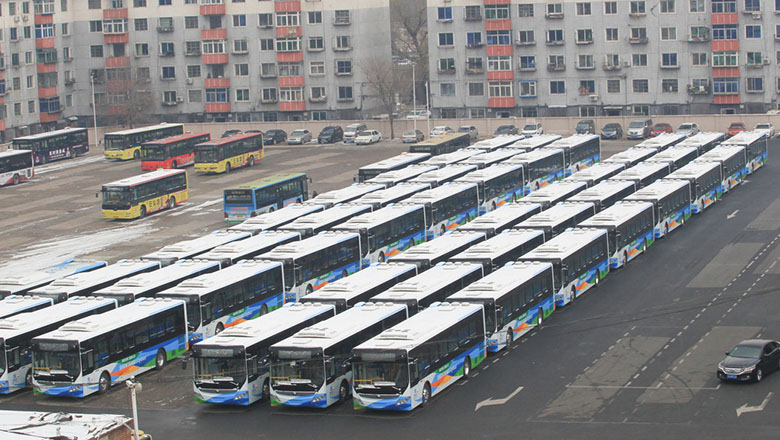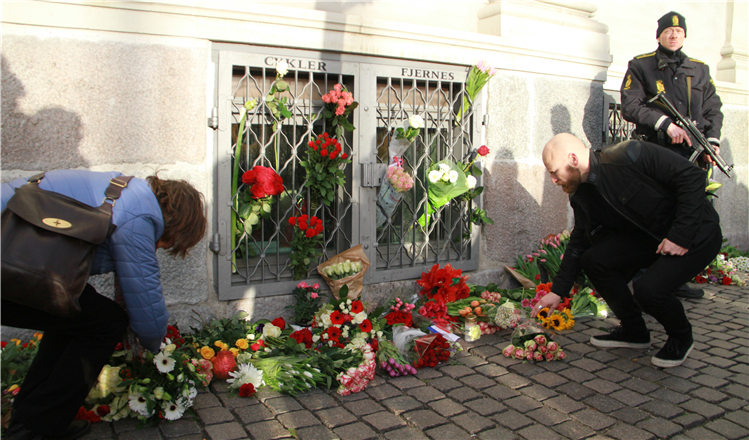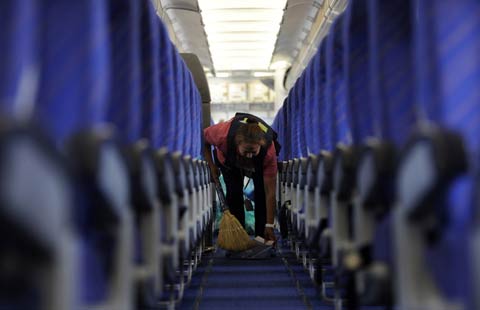It's time to end TB once and for all
Updated: 2016-03-23 15:27
By Bernhard Schwartländer(China Daily)
|
||||||||
 |
|
A Chinese medical worker prepares to vaccinate a young kid at a hospital in Shanghai, China, March 20, 2016. [Photo/IC] |
China has changed dramatically in the last half century. Rapid economic development has seen hundreds of millions of people lifted out of poverty. Life expectancy increased from 50 years in 1960, to 76 in 2015 – thanks largely to well-targeted public health campaigns, which led to massive reductions in child and infant mortality, and deaths from infectious diseases.
While non-communicable diseases (NCDs) such as cancer and cardiovascular disease now dominate the death and disease statistics, the battle against infectious diseases isn't over. One potent example of where unfinished business remains is the fight to end tuberculosis (TB) and its drug-resistant form, multidrug-resistant TB (MDR-TB).
Every year in China, WHO estimates that some 930,000 people fall sick with TB, more than 50,000 of whom are estimated to have MDR-TB, which requires complex and expensive treatment. In some extreme cases, MDR-TB is resistant to all drugs currently on the market.
Having TB means a horrible cough (including coughing up blood), chest pain, night sweats, fever, weight loss, and fatigue. It's like having a bad flu that doesn't go away for months. If left untreated, almost half the people with TB will die.
TB is contagious: the bacteria which causes TB is spread through the air when a person with TB coughs, sneezes, or spits. Timely diagnosis is thus not only important to cure those who have TB: it is the only way to protect the rest of the population.
China has made significant progress in addressing TB, reducing prevalence and deaths from TB by over half in the last 20 years – meeting its Millennium Development Goal (MDG) target on TB five years ahead of schedule. These are important accomplishments.
But the job is far from over. Progress has slowed. WHO's 2015 Global TB Report paints a troubling picture: only 3 in 10 TB patients in China receive proper laboratory diagnosis, and 5 in 100 of all estimated MDR-TB patients are reported to receive proper treatment.
We can do better than this: we have new tools to rapidly diagnose, and we have the drugs to treat. Tackling TB, especially MDR-TB, is therefore not simply a question of medicine or science. It is a question of financial resources, and quality, well-targeted service delivery – to ensure that the rapid diagnostic tools and treatments now available make it to the people who need them. To do this, better public awareness is also essential. We must overcome stigma associated with TB, so that fear of judgment doesn't stop people who may have the disease from being diagnosed and seeking the care they need. This is crucially important: just like the disease itself, stigma can be deadly.
Another challenge is that the vast majority of TB patients are on below-average incomes. In the absence of free treatment or coverage through health insurance, the high cost of treatment, especially for MDR-TB, and the need to take medication over an extended period of time, become very difficult for patients. The risk is that many drop out.
Through the massive health reforms underway, important work going on right now to address the complex problem of treatment costs. This will make a difference, over time. But TB, especially in its drug-resistant form, is a special disease which may require a special solution.
Make no mistake: TB, especially MDR-TB, is a major public health threat. A patient not properly diagnosed is a patient not properly treated. And a patient not properly treated poses a threat to others. Part of the answer is to ensure all TB and MDR-TB patients in China get affordable, easy access to modern diagnosis and proper treatment so they can be cured – and so that the disease does not spread. But we also need good public awareness programs which both inform about the symptoms people should look out for - and overcome the stigma that stops people seeking the care they need.
The theme of this year's TB Day is 'Unite to End TB'. In China, this is entirely within our reach. It is time to bring the same determined, pragmatic and innovative approach which China used to successfully move hundreds of millions of people out of poverty, to end TB in China once and for all.
The author is World Health Organization representative in China.
The opinions expressed here are those of the writer and don't represent views of China Daily website.
- Global health entering new era: WHO chief
- Brazil's planning minister steps aside after recordings revelation
- Vietnam, US adopt joint statement on advancing comprehensive partnership
- European border closures 'inhumane': UN refugee agency
- Japan's foreign minister calls A-bombings extremely regrettable
- Fukushima impact unprecedented for oceans: US expert

 Stars of Lijiang River: Elderly brothers with white beards
Stars of Lijiang River: Elderly brothers with white beards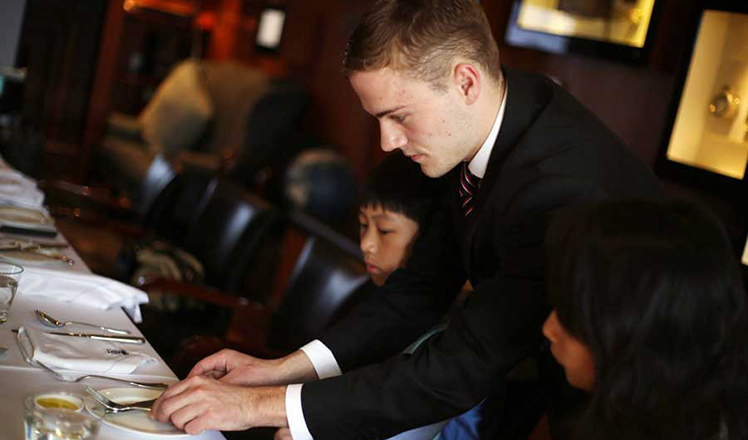
 Wealthy Chinese children paying money to learn British manners
Wealthy Chinese children paying money to learn British manners
 Military-style wedding: Fighter jets, grooms in dashing uniforms
Military-style wedding: Fighter jets, grooms in dashing uniforms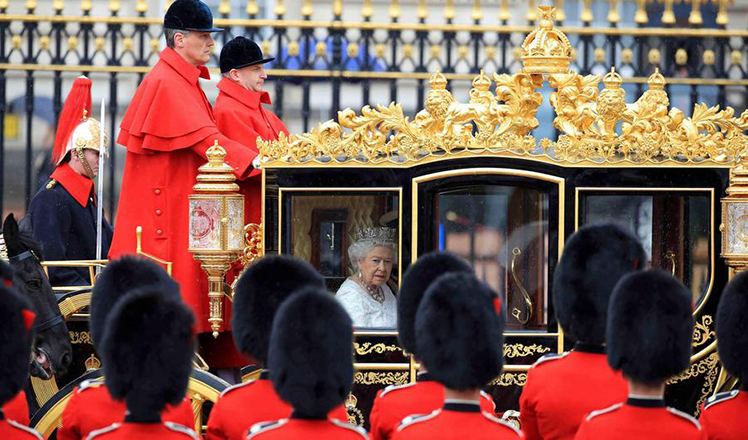
 Striking photos around the world: May 16 - May 22
Striking photos around the world: May 16 - May 22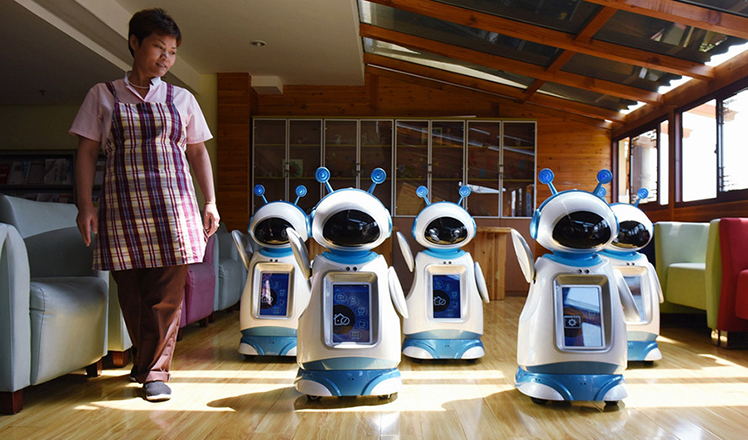
 Robots help elderly in nursing home in east China
Robots help elderly in nursing home in east China
 Hanging in the air: Chongqing holds rescue drill
Hanging in the air: Chongqing holds rescue drill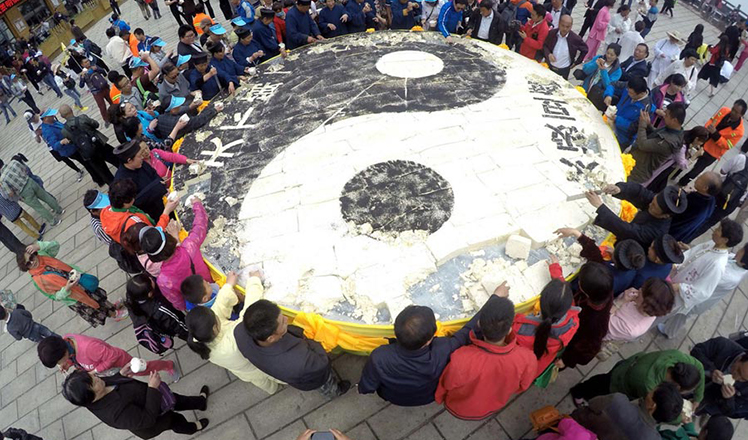
 2.1-ton tofu finishes in two hours in central China
2.1-ton tofu finishes in two hours in central China
 Six things you may not know about Grain Buds
Six things you may not know about Grain Buds
Most Viewed
Editor's Picks
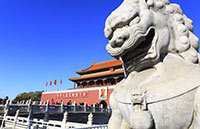
|
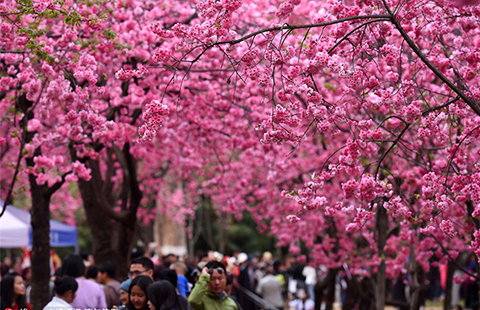
|
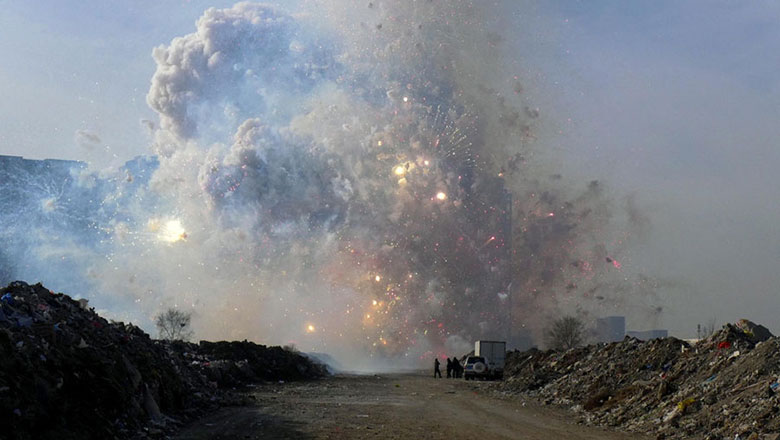
|

|

|

|
Today's Top News
Liang avoids jail in shooting death
China's finance minister addresses ratings downgrade
Duke alumni visit Chinese Embassy
Marriott unlikely to top Anbang offer for Starwood: Observers
Chinese biopharma debuts on Nasdaq
What ends Jeb Bush's White House hopes
Investigation for Nicolas's campaign
Will US-ASEAN meeting be good for region?
US Weekly

|

|


